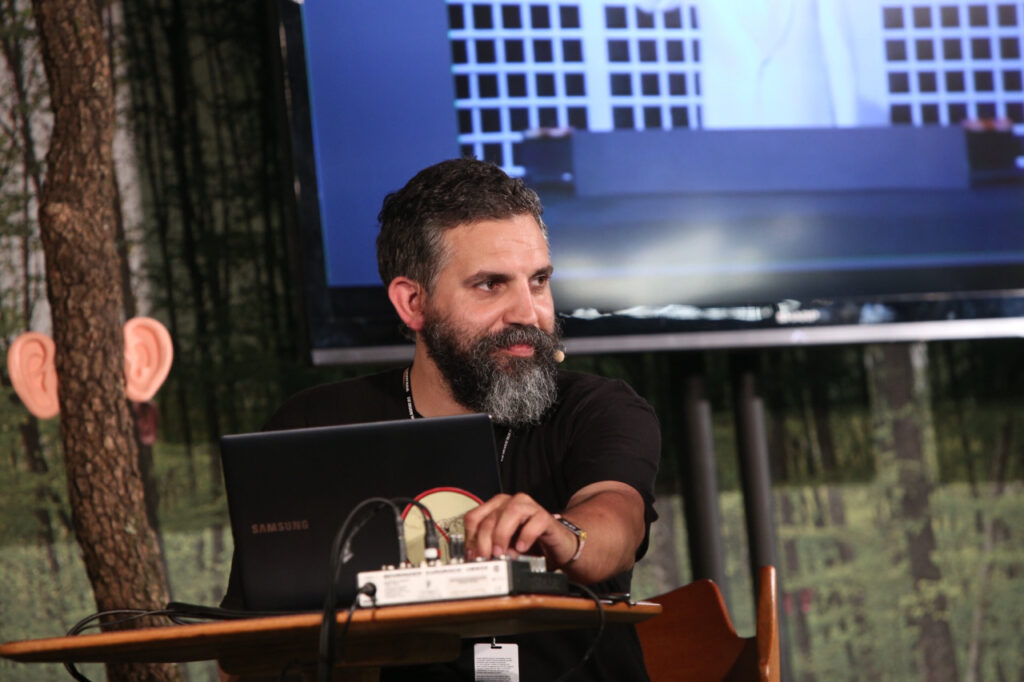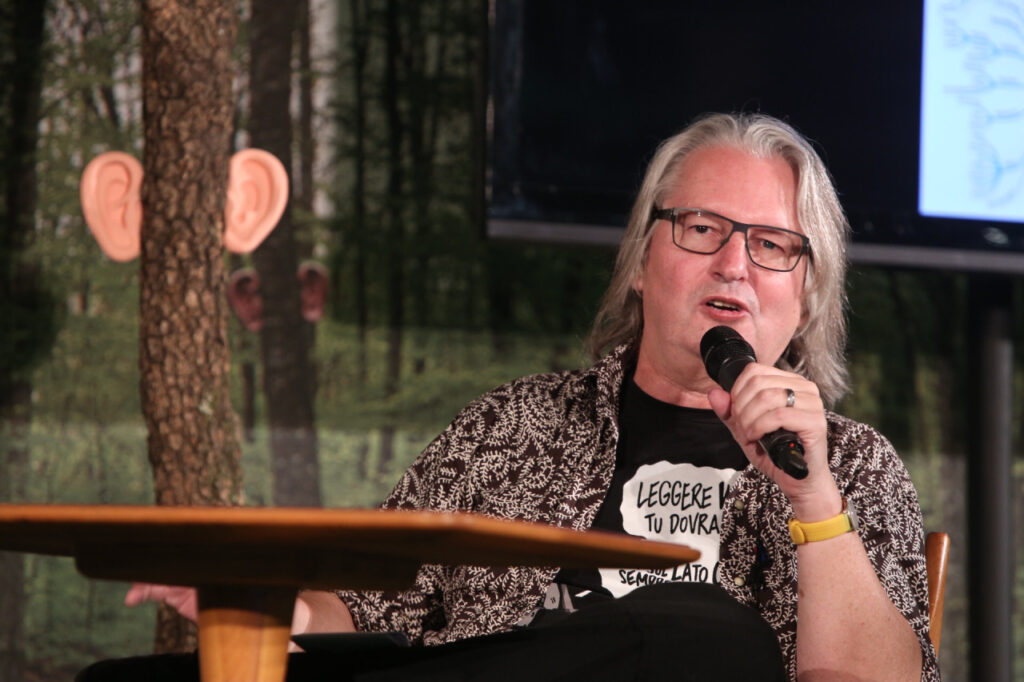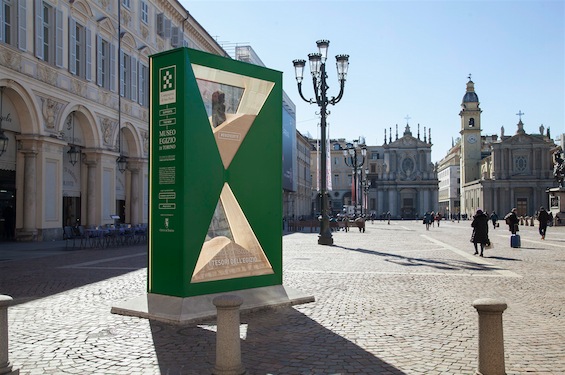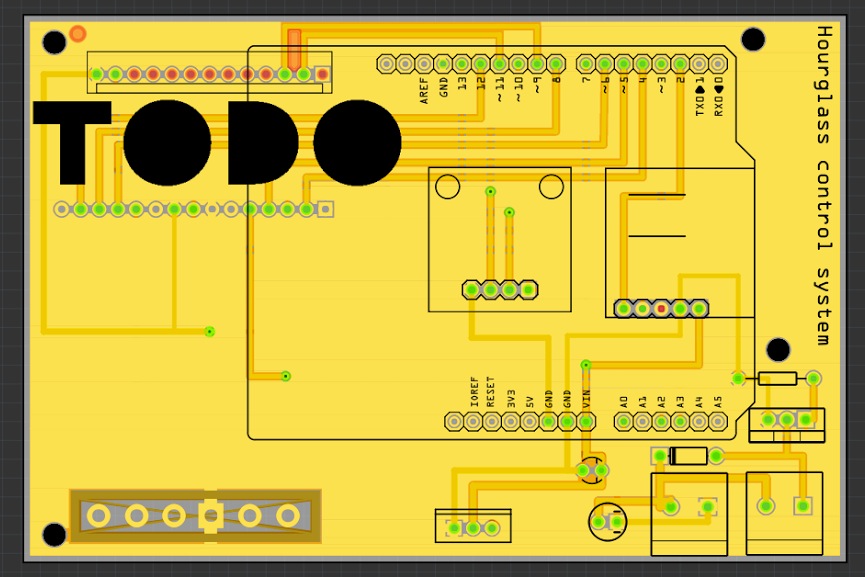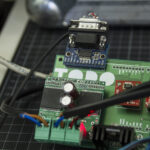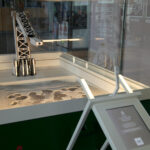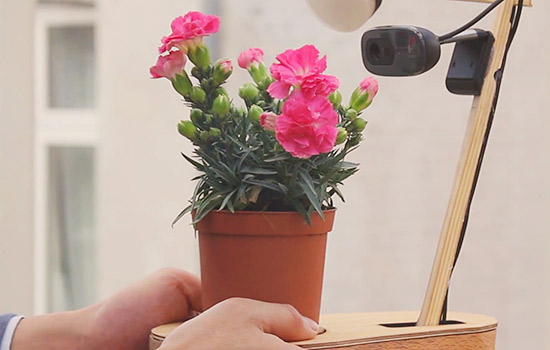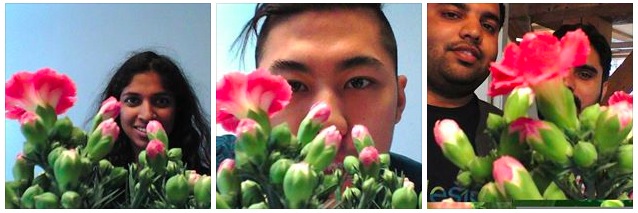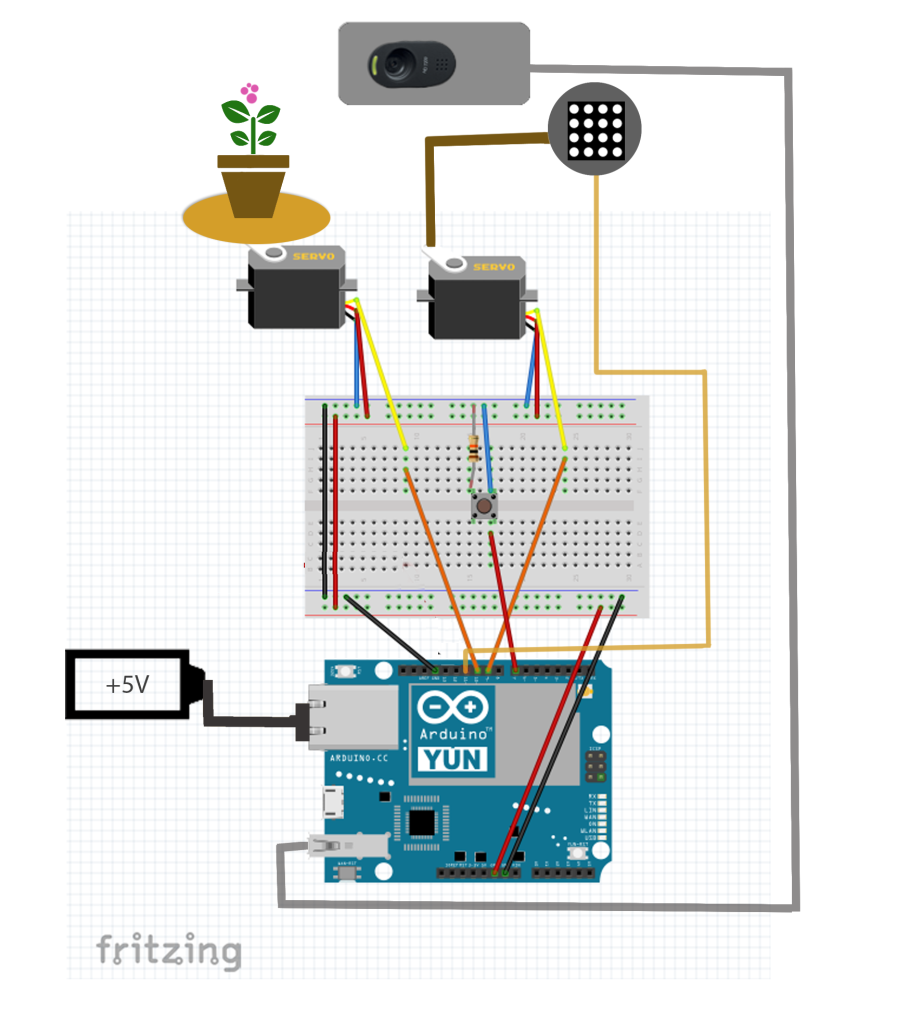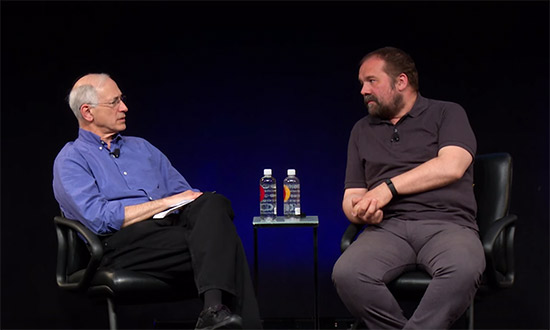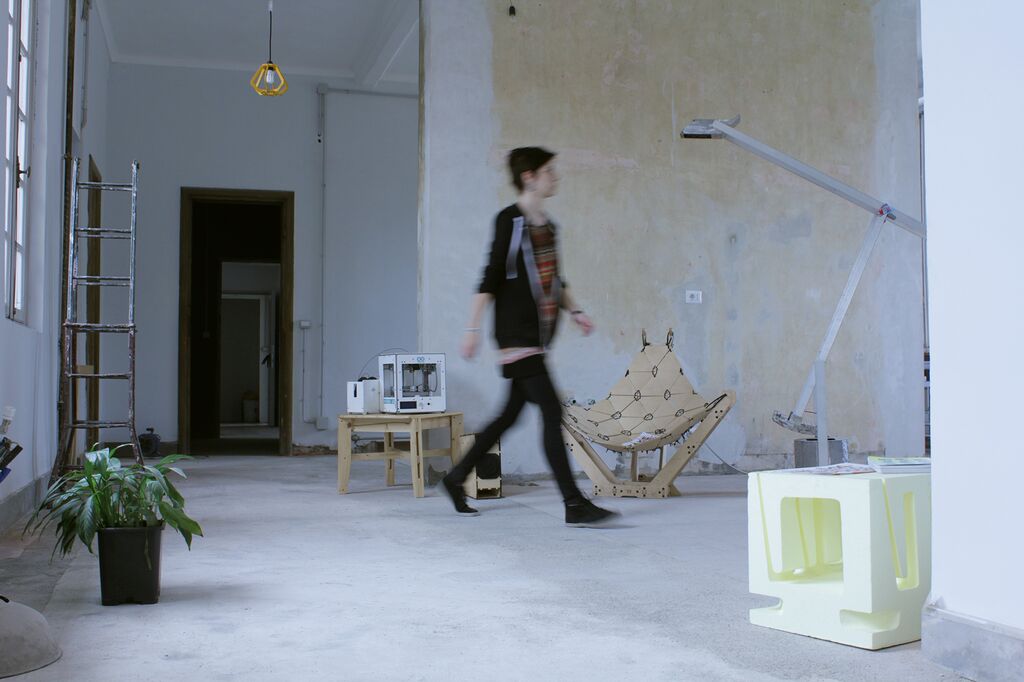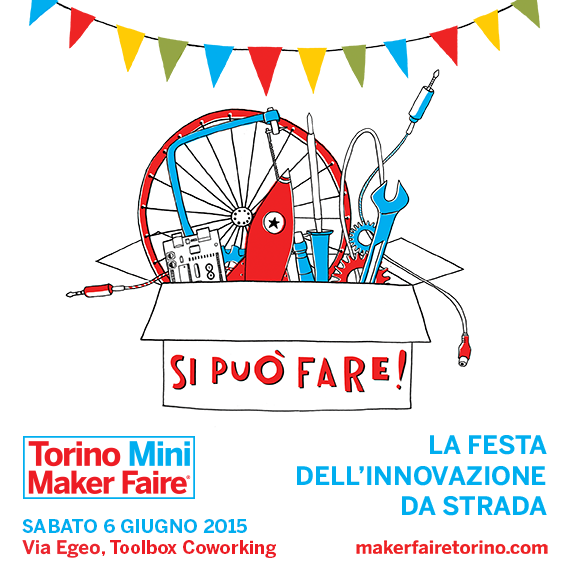Ars Electronica: we’re back with Eslov!

After nine years, Arduino participated to Ars Electronica 2015 to present an intelligent module system developed at the Malmö office: the system is called Eslov and is meant to make creation and coding very easy. This system allows you to explore the concepts of physical computing by plugging modules that can be programmed using a visual interface.
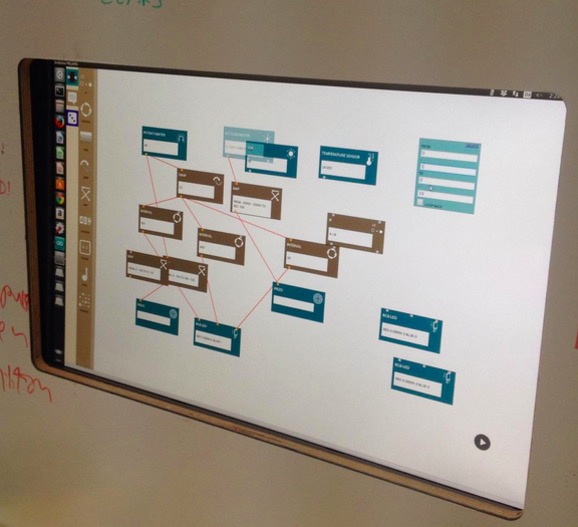
Our partners at the PELARS* project and some of our team members went to Linz to build the PELARS “Learning + Making” Zone for the U19 / Create Your World area, a part of the festival dedicated to teenagers. A pop-up experimental learning environment was built and it aimed to support learners understand what’s going on when they do hands-on science, technology & math in the classroom. Students and visitors tried Eslov and made some game dynamics to experience how the modules work. The feedback from the participants was encouraging with many students staying for a couple of hours and even returning back for multiple sessions.
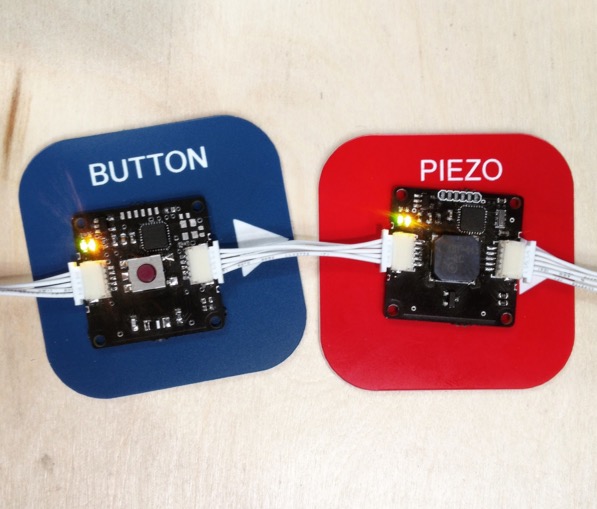
Eslov will be also presented on our booth at World Maker Faire New York on September 26th to 27th, and Maker Faire Rome on October 16th to 18th.
*Pelars stands for Practice-based Experiential Learning Analytics Research And Support. Pelars is a project meant for improving how teachers, learners and technologies can support one another in hands-on learning of science, technology and math (STEM). Pelars will develop technologies (kits, sensing and electronic systems for classrooms) that will help teachers and learners understand what happens when people do science and math in the classroom.
PELARS project has received funding from the European’s Seventh Framework Programme for research technological development and demonstrations under grant agreement 619738.
If you want to follow up the development of the project in depth, visit the PELARS main page at: http://learningmaking.eu


(The news was originally posted on Arduino Verkstad blog by Laura Balboa)


